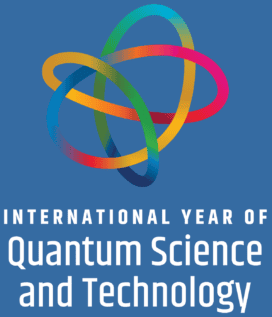Vue lecture
Misconduct sleuth wins $2.63 million from major cancer institute in $15 million settlement
New NASA administrator takes over after a year of scientific loss—and survival
Ancient tectonic plates are oozing along Earth’s core
An Explosion of Twin Dead Stars May Signal the First Superkilonova Ever Seen in Space
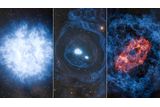
Some Compostable Dishes Contain Gluten and Can Transfer It into Food

What a 1.5-Million-Year-Old Face Reveals About Early Human Migration
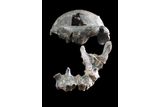

The Moss in Your Christmas Decorations Could Be Storing DNA From Rare Species


160-Million-Year-Old Fossils Rewrite the Story of Dinosaur Flight
Light Powers the World's Smallest Programmable Robot, at About 0.3 Millimeters Long

Things to come: Important bellwethers for space exploration in 2026

NASA is at an inflection point. 2026 will now begin with a newly-confirmed Jared Isaacman as a NASA Administrator with the White House directive to beat China back to the moon with astronauts. On the science side, we hope that NASA will continue its in-depth exploration of the Earth, solar system and universe. While the […]
The post Things to come: Important bellwethers for space exploration in 2026 appeared first on SpaceNews.
Senate confirms Isaacman as NASA administrator

The Senate confirmed Jared Isaacman as NASA administrator Dec. 17, concluding arguably the most unusual effort to select a leader in the space agency’s history.
The post Senate confirms Isaacman as NASA administrator appeared first on SpaceNews.
Chile’s new president could shake up nation’s science community
New materials could supercharge computer memory chips
Titan might not have an ocean after all
Why have so many different eyes evolved? Gamelike simulation could provide answers
Like Kindergarten Buddies, Male Dolphins That Keep Friendships Can Live Longer

Forging a more inclusive new generation of physicists
The latest episode of Physics World Stories takes you inside CUWiP+, the Conference for Undergraduate Women and Non-Binary Physicists, and the role the annual event plays in shaping early experiences of studying physics.
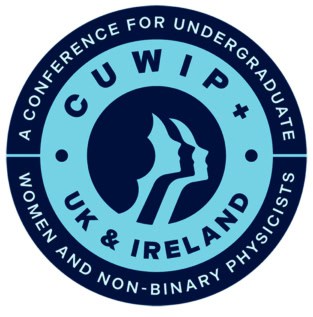 The episode features June McCombie from the University of Nottingham, who discusses what happens at CUWiP+ events and why they are so important for improving the retention of women and non-binary students in STEM. She reflects on how the conferences create space for students to explore career paths, build confidence and see themselves as part of the physics community.
The episode features June McCombie from the University of Nottingham, who discusses what happens at CUWiP+ events and why they are so important for improving the retention of women and non-binary students in STEM. She reflects on how the conferences create space for students to explore career paths, build confidence and see themselves as part of the physics community.
Reflections and tips from CUWiP+ 2025
University of Birmingham students Tanshpreet Kaur and Harriett McCormick share their experiences of attending the 2025 CUWiP+ event at the University of Warwick and explain why they are excited for the next event, set for Birmingham, 19–22 March 2026. They describe standout moments from 2025, including being starstruck at meeting Dame Jocelyn Bell Burnell, who discovered radio pulsars in 1967.
The episode provides practical advice to get the most out of the event. Organizers design the programme to cater for all personalities – whether you thrive in lively, social situations, or prefer time to step back and reflect. Either way, CUWiP+ offers opportunities to be inspired and to make meaningful connections.
Hosted by Andrew Glester, the episode highlights how shared experiences and supportive networks can balance the often-solitary nature of studying physics, especially when you feel excluded from the majority group.
The post Forging a more inclusive new generation of physicists appeared first on Physics World.
Lux Aeterna to land first reusable satellite in Australia

Denver-based Lux Aeterna announced plans Dec. 17 to land its debut reusable satellite at the Koonibba Test Range in South Australia, shortly after launching on a SpaceX rideshare mission in early 2027.
The post Lux Aeterna to land first reusable satellite in Australia appeared first on SpaceNews.
Colorful Phytoplankton Blooms Can Cover Ocean Area the Size of Minnesota — Here's Why

Learning through laughter at Quantum Carousel
Quantum physics, kung-fu, LEGO and singing are probably not things you would normally put together. But that’s exactly what happened at this year’s Quantum Carousel.
The event is a free variety show where incredible performers from across academia and industry converge for an evening of science communication. Held in Bristol, UK, on 14 November 2025, this was the second year the event was run – and once again it was entirely sold out.
As organizers, our goal was to bring together those involved in quantum and adjacent fields for an evening of learning and laughter. Each act was only seven minutes long and audience participation was encouraged, with questions saved for the dinner and drinks intervals.
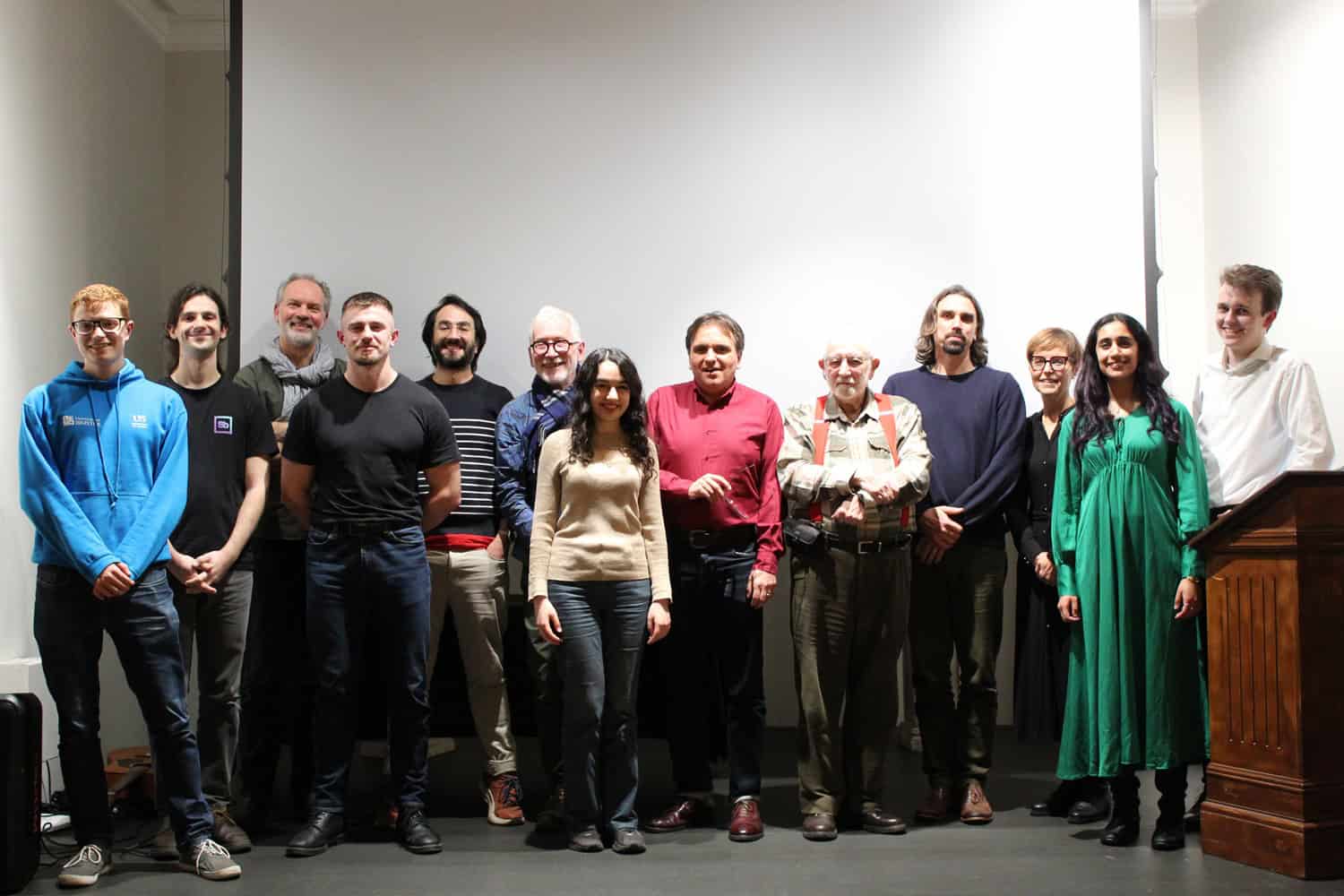
The evening kicked off with a rousing speech and song from Chris Stewart, motivating the promotion of science communication and understanding. Felix Flicker related electron spin rotations to armlocks, with a terrific demonstration on volunteer Tony Short, while Michael Berry entertained us all with his eye-opening talk on how quantum physics has democratized music.
PhD student double act Eesa Ali and Sebastien Bisdee then welcomed volunteers to the stage to see who could align a laser fastest. Maria Violaris expertly taught us the fundamentals of quantum error correction using LEGO.
Mike Shubrook explained the quantum thermodynamics of beer through stand-up comedy. And finally, John Rarity and his assistant Hugh Barrett (event co-organizer and co-author of this article) rounded off the night by demonstrating the magic of entanglement.
Our event sponsors introduced the food and drinks portions of the evening, with Antonia Seymour (chief executive of IOP Publishing) and Matin Durrani (editor-in-chief of Physics World) opening the dinner interval, while Josh Silverstone (founder and chief executive of Hartley Ultrafast) kickstarted the networking drinks reception.
Singing praises
Whether it was singing along to an acoustic guitar or rotating hands to emulate electron spin, everyone got involved, and feedback cited audience participation as a highlight.
“The event ran very smoothly, it was lots of fun and a great chance to network in a relaxed atmosphere,” said one attendee. Another added: “The atmosphere was really fun, and it was a really nice event to get loads of the quantum community together in an enjoyable setting.”
Appreciation of the atmosphere went both ways, with one speaker saying that their favourite part of the night was that “the audience was very inviting and easy to perform to”.
Audience members also enjoyed developing a better understanding of the science that drives their industry. “I understood it and I don’t have any background in physics,” said one attendee. “I feel a marker of being a good scientist is being able to explain it in layperson’s terms.”
Reaching out
With the quantum community rapidly expanding, it needs people from a wide range of backgrounds such as computer science, engineering and business. Quantum Carousel was designed to strike a balance between high-level academic discussion and entertainment through entry-level talks, such as explaining error correction with props, or relating research to impact from stimulated emission to CDs.
By focusing on real-world analogies, these talks can help newcomers to develop an intuitive and memorable understanding. Meanwhile, those already in the field can equip themselves with new ways of communicating elements of their research.
We look forward to hosting Quantum Carousel again in the future. We want to make it bigger and better, with an even greater range of diverse acts.
But if you’re interested in organizing a similar outreach event of your own, it helps to consider how you can create an environment that can best spark connections between both speakers and attendees. Consider your audience and how your event can attract different people for different reasons. In our case, this included the chance to network, engage with the performances, and enjoy the food and drink.
- Quantum Carousel was founded by Zulekha Samiullah in 2024, and she and Hugh Barrett now co-lead the event. Quantum Carousel 2025 was sponsored by the QE-CDT, IOP Publishing and Hartley Ultrafast.
This article forms part of Physics World‘s contribution to the 2025 International Year of Quantum Science and Technology (IYQ), which aims to raise global awareness of quantum physics and its applications.
Stayed tuned to Physics World and our international partners throughout the year for more coverage of the IYQ.
Find out more on our quantum channel.
The post Learning through laughter at Quantum Carousel appeared first on Physics World.
Speed, risk, and the future of national security space

In this episode of Space Minds, host Mike Gruss moderates a timely panel discussion at the Spacepower conference on how commercial space capabilities are reshaping national security, civil space, and military decision-making.
The post Speed, risk, and the future of national security space appeared first on SpaceNews.
Max Space unveils plans for commercial space station

Max Space, a startup developing expandable module technologies, plans to build a commercial space station that could launch on a single Falcon 9 rocket.
The post Max Space unveils plans for commercial space station appeared first on SpaceNews.
What Germany got right (and wrong) in its first ever space strategy

Germany’s first national space security strategy was unveiled last month to much fanfare. And who’s surprised? It was long overdue, and puts into plain language a simple but vital truth: space is now a theatre of power. With Russia and China long having treated orbit as contested territory, and the United States preparing daily for […]
The post What Germany got right (and wrong) in its first ever space strategy appeared first on SpaceNews.

